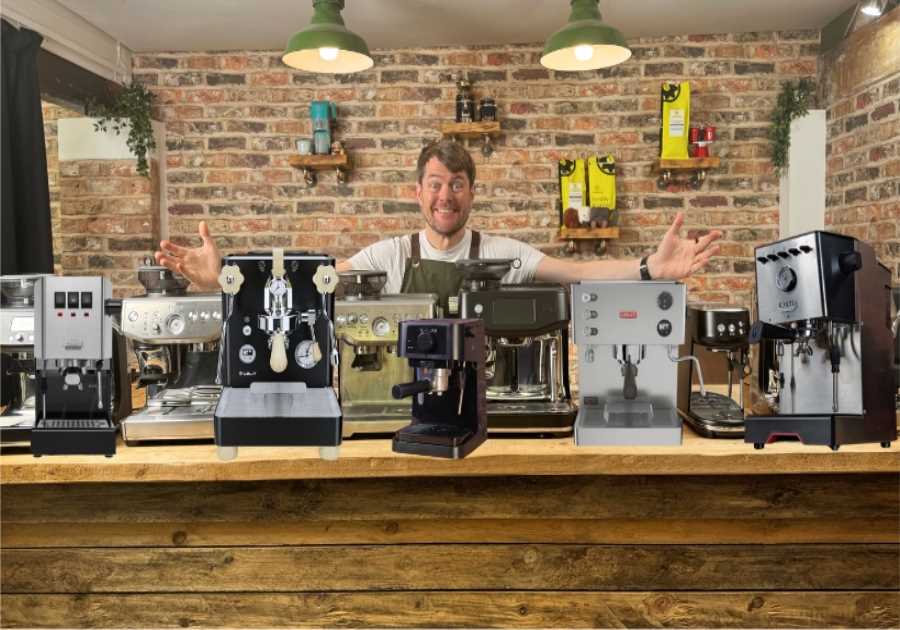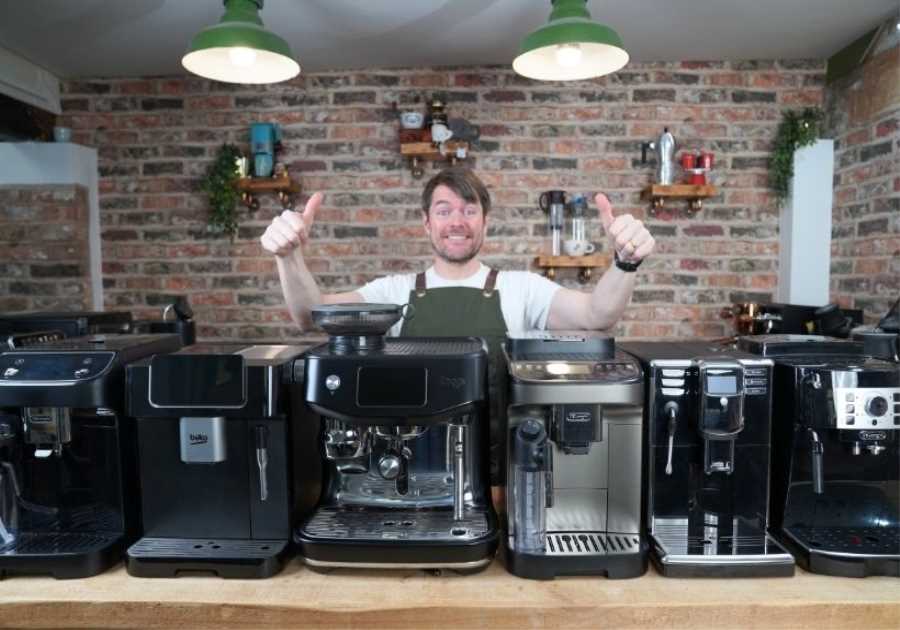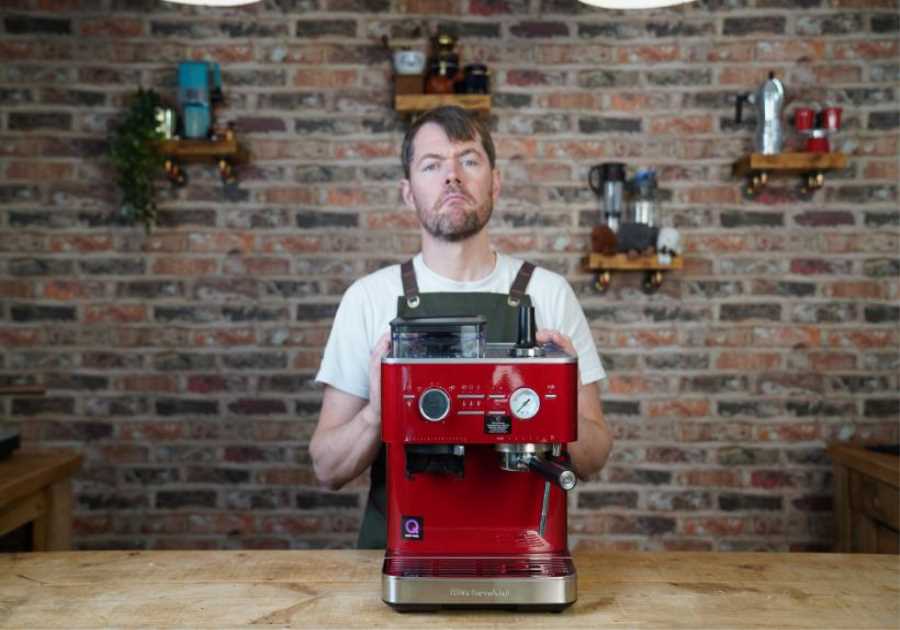In recent years, there’s no denying that home espresso machines have changed to meet the evolving needs of home coffee consumers.
Today, with the rise of the “home barista”, more people than ever are looking for a machine that can easily replicate café-quality beverages.
To learn more about how home espresso machines have evolved, I spoke to two experts from Gruppo Cimbali: Filippo Mazzoni and Maria Vittoria Rinaldi. Read on to find out what they told me.
You might also like our guide to tasting espresso.

What are home coffee consumers looking for?
Both home and commercial espresso machines share a growing focus on sustainability, build quality, and usability.
However, while both are influenced by wider espresso machine design trends, home models have also evolved in their own way.
Let’s take a look at some of the ways in which they’ve changed.
Replicating café-quality beverages at home
Filippo Mazzoni is the Coffee Equipment Manager at Gruppo Cimbali. He tells me that now more than ever, home coffee consumers are looking to create high-quality coffee beverages.
“Today’s coffee consumers are paying attention to the details of what’s in their coffee and how it’s made,” he says.
In 2022, a National Coffee Association (NCA) study found that 84% of coffee drinkers make coffee at home – a rise of 4% on the number of people who did so before the Covid-19 pandemic.
One of the biggest trends we saw during the pandemic was a growth in the number of consumers attempting to replicate café beverages from the comfort of their homes. With a staggering number of coffee shop closures around the world, people instead tried to create their cappuccinos, lattes, and americanos from their kitchens.
To accommodate for this, home espresso machines have naturally evolved in the past few years to provide higher quality beverages.
Moreover, home machines now provide a greater level of control than ever before, with plenty of commercial B2B manufacturers entering the consumer market to offer market-leading machines.
One such example of this is Gruppo Cimbali, as Filippo tells me.
“Today’s consumer wants to have that high-quality coffee experience, at a professional level, from the comfort of their own home,” he explains. “In this way, with the Faemina, Gruppo Cimbali has entered the home segment.”

Accessibility, convenience & ease of use
Filippo explains that thanks in no small part to social media, brewing quality coffee beverages has become much more accessible. While there is still no substitute for barista training, with the right equipment and enough research, anyone can pull a great espresso shot or prepare a delicious cappuccino.
“I find that there is demand on social media to demonstrate how to prepare high-quality coffee through tutorial videos,” Filippo says. “When these videos are geared toward a general consumer audience, people become increasingly more interested in deepening their knowledge and ask for more information.”
Again, through the Covid-19 pandemic, a great many consumers started to realise that good coffee didn’t have to be an enigma, and that they could replicate it at home with the right tools.
This sentiment can be seen in research from Mordor Intelligence, which shows that ease of use and consistency are two of the major factors contributing to an increased global demand for home espresso machines.
Maria Vittoria Rinaldi is the Head of Marketing Strategy for the Faemina at Gruppo Cimbali. She tells me that in response to this rising demand, the Faemina was manufactured to produce consistently professional results, regardless of skill level.
“Its easy-to-use interface and ergonomic solutions were designed to open the doors to coffee amateurs and experienced enthusiasts alike,” she says.
Along with accessibility, Euromonitor has also found that convenience is another major factor driving the growth within the wider coffee industry – something reflected in home espresso machine design.
Maria explains that this is something the Faemina has also accounted for.
“After only five minutes of startup, you can begin preparing coffee right away as if you’re at a café.”
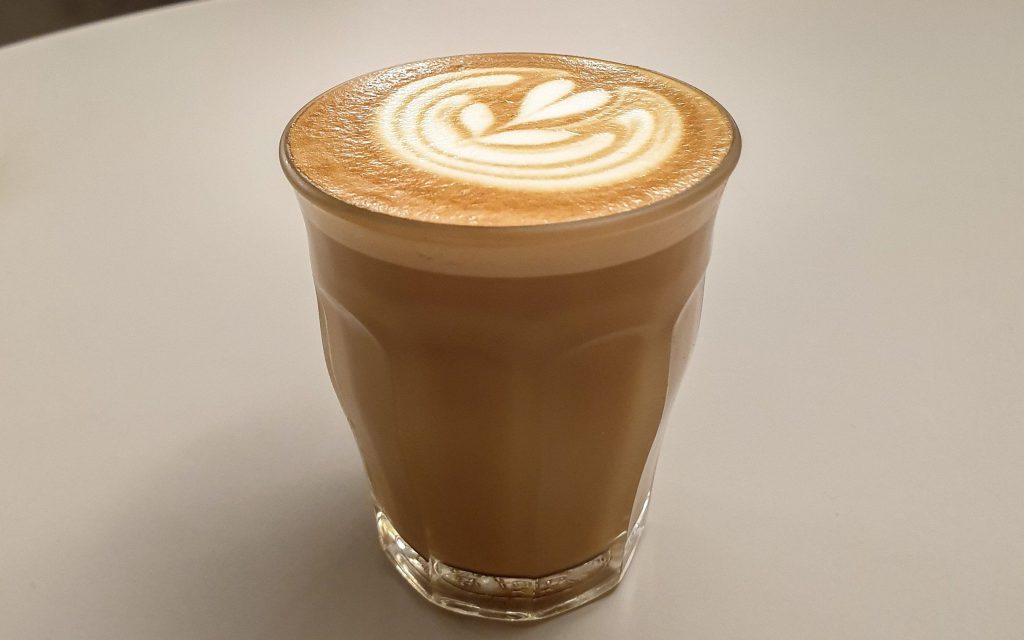
Environmental & social responsibility
Now more than ever, consumers are looking to buy products that are ethically sourced. There’s plenty of research indicating that ethical buying habits are a growing trend, especially among millennial and Generation Z consumers.
In response, coffee brands (including equipment manufacturers) have started to look inwards at their sustainability and social responsibility efforts.
However, while there is rightly a focus on the use of fertilisers and how coffee is transported internationally, the process of brewing coffee also uses energy, and therefore has a carbon footprint.
A recent study found that throughout the course of a year, an infrequently-used commercial espresso machine consumes more electricity than the average UK household. Moreover, a frequently-used one can produce more CO2 per annum than a return flight from London to Costa Rica.
It’s no surprise that consumer demands for more energy-efficient espresso machines have skyrocketed. However, as well as sustainability implications, there’s also the prospect of rising energy costs to consider in the home machine market.
Maria reminds me that sustainability in the home barista segment starts with equipment manufacturers. They have a fantastic opportunity to create an environmentally-conscious option for baristas.
“Manufacturers like Gruppo Cimbali are the last stage in the supply chain,” she says. “Our job is to be the mediator between the producer and roaster and the consumer.
“This is why we’ve tried to make the coffee that people prepare at home more sustainable, by offering products with recyclable materials and low energy usage.”

How have home espresso machines evolved in response?
Responding to these trends has been vital for home espresso machine manufacturers looking to offer successful equipment models in an increasingly competitive marketplace.
Quality and accessibility going hand-in-hand
Accessibility and quality shouldn’t be mutually exclusive as far as home espresso machine design is concerned.
The integration of technology – such as wifi and Bluetooth connectivity– into modern home espresso machines has helped create a more user-friendly home coffee experience.
With newer models, home consumers can now even control brewing variables using smartphone apps.
Maria tells me how Faemina has achieved this through the Be Faema app, which allows home baristas to remotely manage extraction variables.
“Our research on ergonomics in conjunction with a user-friendly interface makes this machine something that everybody can use,” she explains. “In line with that, the app helps and explains the machine’s more advanced settings, which were previously only really used by professionals.”
Ergonomics as a field of study has, in particular, helped home espresso machines to not only be easier to use at home, but better for the body.
“More ergonomic, easy-to-use options are made for the home barista,” Maria adds. “For instance, this means including automatic steam wands for those who don’t have professional skills, but still want to make a cappuccino at home like in a coffee shop.”
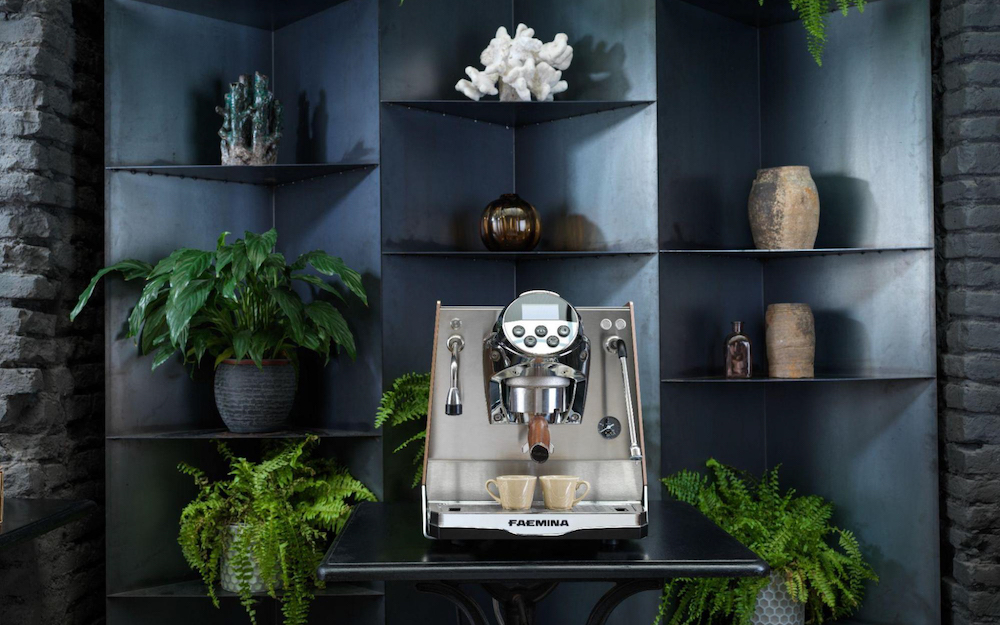
Design: Keeping machines sleek and compact
Having a full-sized commercial espresso machine often isn’t an option for home coffee consumers, especially in kitchens where space is at something of a premium.
In response, many home espresso machines are being designed to be increasingly compact and “counter-friendly” for easier placement.
Filippo tells me that home baristas shouldn’t have to sacrifice quality and performance when they opt for a more compact machine.
“The dimensions of the machine have to be adequate for the space available,” he says. “As designers, we always keep in mind that there are certain limitations you have to work with [for home espresso machines].”
Maria says that in response to this, the Faemina’s “functions are comparable to standard top-of-the-line kitchen machines”, but that it is “not necessarily bigger in size than small kitchen appliances”.
Sustainable products & materials
Consumer demands for sustainable products have led to a positive change in how home espresso machines are designed. There has been a noticeable intentional focus on reducing energy usage and wastage throughout the process.
First and foremost, there has been an increase in energy-efficient technology, such as the introduction of insulated boilers and smaller heating elements.
“We have systems to limit the dispersion of heat energy,” Maria explains. “In the Faemina, the insulation of the boiler guarantees isolated heating and reduces heat loss, as well as managing startup times more effectively according to when the machine is normally in use.”
A big cause of energy waste with espresso machines comes from “idling” – when a machine is on and consuming energy, but not being used.
To this end, Maria explains that Gruppo Cimbali has developed an automatic standby system for the Faemina to reduce energy waste.
“If the machine isn’t used for ten minutes, it activates its standby function (which can be adjusted according to the user’s needs),” she says.
Beyond new technology, the machine itself needs to be made sustainably. Maria and Filippo told me that sustainability and energy efficiency remain top priorities throughout the entire manufacturing process.
“The use of recyclable materials, from the product to the packaging, are produced through dedicated energy-saving functions.”

Growing versatility
Home espresso machines have become much more versatile over the years to offer more options to home baristas.
We’ve seen growth in this area with super-automatic espresso machines in particular, with a growing “menu” of options available on many models.
Filippo tells me how the Faemina makes it easy for home baristas to prepare a variety of espresso beverages, as well as other drinks.
“With the Faemina, you can make a whole menu of beverages, such as a cappuccino with automatically steamed milk, or even high-quality filter coffee.”
Maria explains that the Faemina’s versatility allows it to be adjusted to fit different cup sizes, and thereby allows users to brew a range of different non-espresso beverages.
“Thanks to the Up & Down system, users can adjust the height of the basin to fit different cup sizes,” she says. “With this, they can brew filter and cold coffee with ease using devices like a Kalita or a V60.”
Many newer home machines also include features to help baristas brew other types of drinks altogether (such as standard hot water outputs for steeping tea).
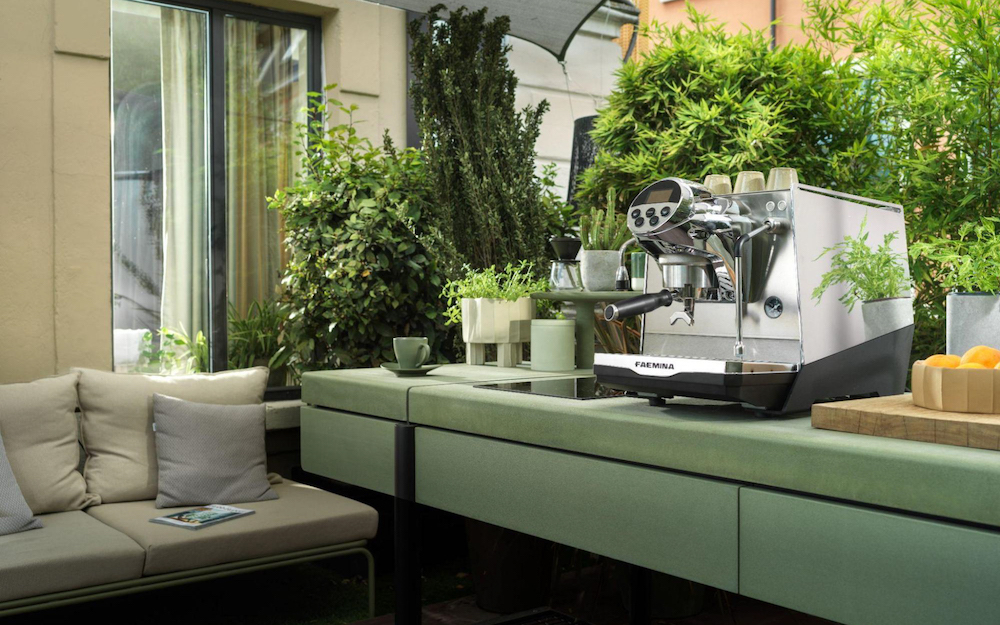
It’s clear that home espresso machine design has evolved in recent years, with a growing focus on quality coffee beverages underpinning most of these changes.
Beyond that, however, sustainability, versatility, and kitchen space all remain factors that home baristas are likely to consider.
Whether or not this trend will take over in the remainder of the home market remains to be seen. For now, it’s clear that high-end home espresso machines will do everything they can to help users create café-quality beverages from the comfort of their kitchens.
Enjoyed this? Then try our article on why espresso still costs 1 euro in Italy.
Photo credits: Robilant Associati
Perfect Daily Grind
Please note: Gruppo Cimbali is a sponsor of Perfect Daily Grind.
Want to read more articles like this? Sign up for our newsletter!
The post How is the home espresso machine market evolving? appeared first on Perfect Daily Grind.
By: Zoe StanleyTitle: How is the home espresso machine market evolving?
Sourced From: perfectdailygrind.com/2022/04/home-espresso-machine-evolution/
Published Date: Thu, 14 Apr 2022 05:25:00 +0000

